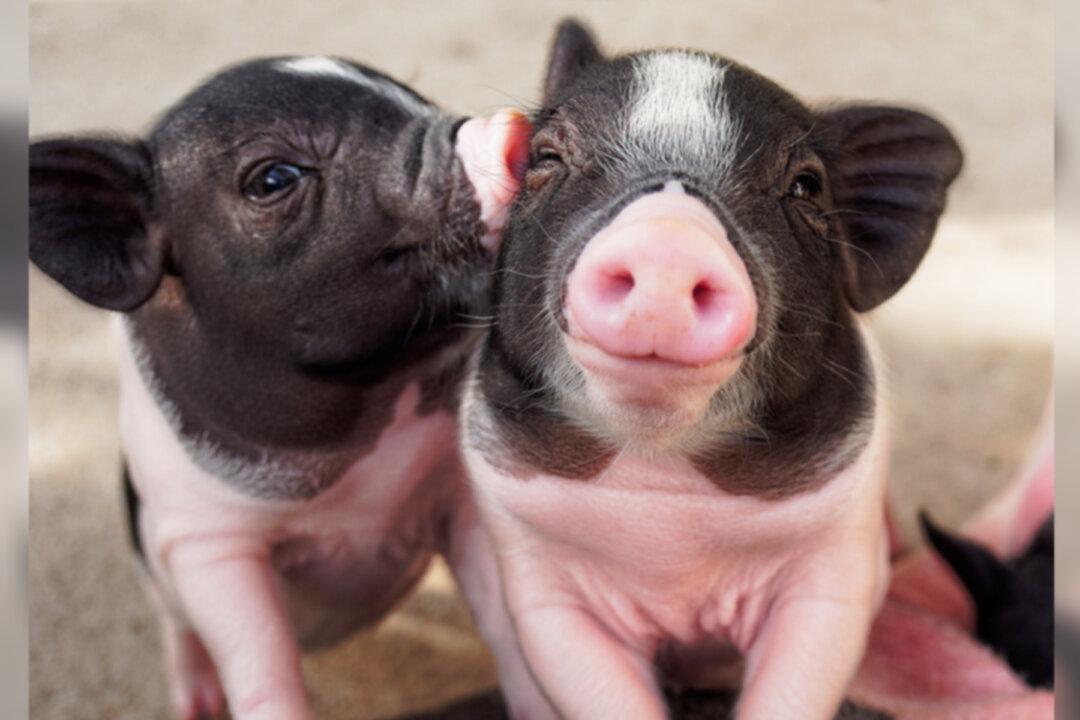Researchers may have uncovered an important clue that sheds light on why pigs don’t get sick when exposed to the coronavirus.
Studies since the start of the pandemic have noted that pigs can be infected by the virus if exposed to high doses, but the infection is self-limited and pigs don’t show clinical signs of disease nor do they transmit the virus to other animals.





